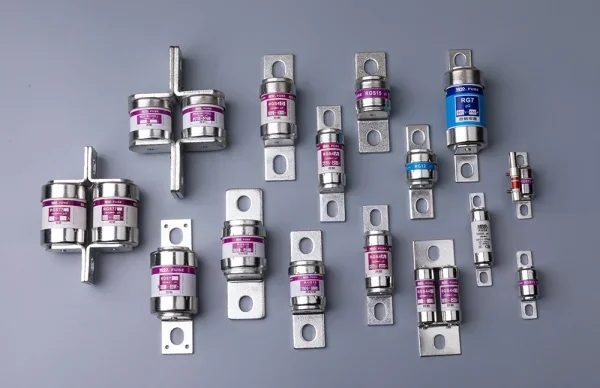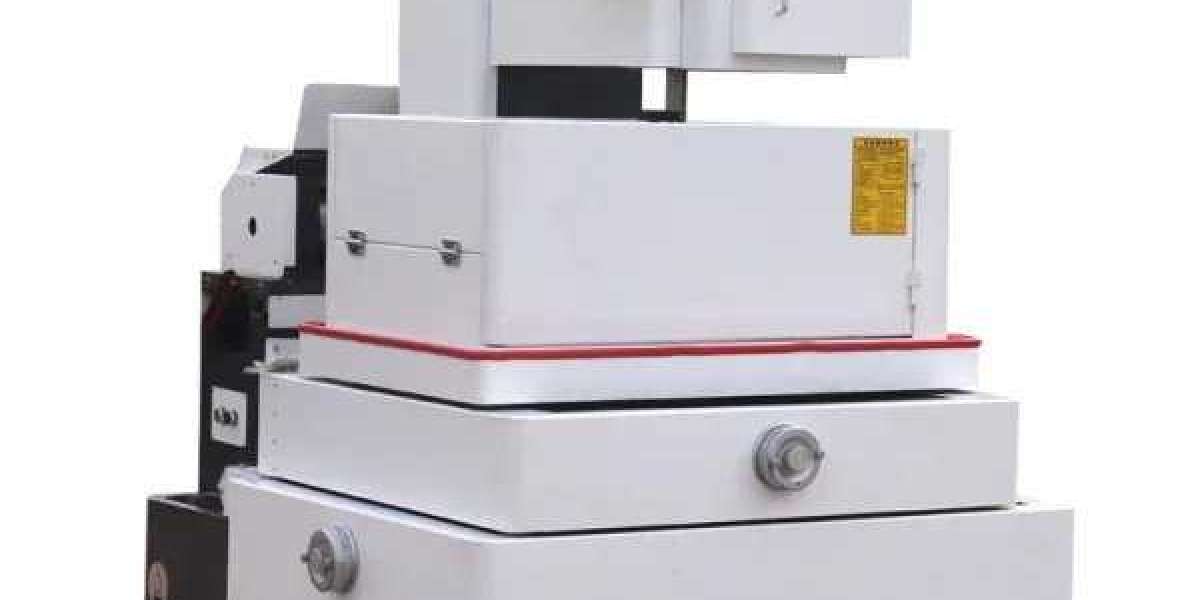Welcome to our blog post on mastering the structural features of bolted fuse links! If you're unfamiliar with these essential components, fear not – we've got you covered. Whether you're a seasoned electrical professional or just starting out in the industry, understanding the ins and outs of bolted fuse links is crucial for ensuring safe and efficient electrical systems.
In this article, we'll delve into the world of bolted fuse links, exploring their structural features, purpose, advantages, and even troubleshooting common issues that may arise.
Understanding the Structural Features of Bolted Fuse Links
https://www.mirofuses.com/Bolt-Connected-Fuse-Links.htmlare essential components in electrical systems, providing protection against overcurrents. To fully comprehend their structural features, let's delve into the key aspects that make them so important.
First and foremost, bolted fuse links are designed with a robust construction to handle high levels of current. The body of the fuse link is typically made from durable materials such as ceramic or fiberglass-reinforced polyester. This ensures excellent thermal and mechanical stability under demanding conditions.
The internal structure of a bolted fuse link consists of one or more fusible elements connected by bolts at each end. These bolts play a crucial role in securing the connection between the fuse link and its holder, ensuring reliable operation even during extreme vibrations or shocks.
Another notable feature is the presence of indicators on some bolted fuse links. These indicators provide visual confirmation when a fault occurs, allowing for quick identification and replacement if necessary.
Furthermore, many bolted fuse links incorporate additional safety measures like arc quenching chambers or expulsion devices. These features help extinguish any arcs formed during excessive currents and prevent further damage to surrounding equipment.
Understanding these structural features enables us to appreciate why bolted fuse links are widely used in various industries today. Their sturdy design coupled with advanced safety mechanisms ensures optimal performance while safeguarding electrical systems from potential faults.

The Importance of the Bolt Connected Fuse Link
When it comes to electrical systems, safety and reliability are paramount. That's why the bolt connected fuse link plays a crucial role in protecting your equipment and preventing potential hazards.
One of the main reasons why bolt connected fuse links are important is their ability to handle high levels of current. These fuse links are specifically designed with durable materials that can withstand heavy loads without compromising their performance.
Additionally, bolt connected fuse links offer enhanced protection against short circuits and overloads. By quickly interrupting the flow of current when abnormal conditions occur, these fuses prevent damage to sensitive components and minimize downtime.
Moreover, these fuse links provide easy installation and maintenance. The bolted connection ensures a secure fit, reducing the risk of loose connections or vibration-related failures. This not only saves time during installation but also allows for efficient troubleshooting and replacement if necessary.
Furthermore, bolt connected fuse links offer versatility in terms of application. They can be used in various industries such as manufacturing plants, power generation facilities, automotive sectors, and more. Their adaptability makes them an essential component in ensuring safe operations across different environments.
Understanding the importance of using bolt connected fuse links is crucial for maintaining reliable electrical systems. From their ability to handle high currents to providing enhanced protection and ease of installation – these structural features make them indispensable in safeguarding valuable equipment from potential risks. So next time you're considering your electrical system's safety measures, don't overlook the significance of incorporating bolt connected fuse links into your setup!
Purpose of Bolt Connected Fuse Link
The purpose of a bolt connected fuse link is to provide reliable and efficient protection for electrical circuits. These fuse links are designed to handle high currents and protect the circuit from overloads or short circuits.
One of the main purposes of a bolt connected fuse link is to prevent damage to equipment, such as motors or transformers, by interrupting excessive current flow. When an overload occurs, the fuse link quickly melts and breaks the circuit, preventing further damage. This helps ensure the longevity and efficiency of electrical systems.
Another important purpose of a bolt connected fuse link is to enhance safety. By breaking the circuit in case of an overload or short circuit, these fuses help prevent fires or other hazardous situations that may occur due to excessive current flow. They act as a safeguard against potential electrical accidents.
Furthermore, bolt connected fuse links play a crucial role in minimizing downtime and maximizing productivity. In industrial settings where uninterrupted power supply is vital for operations, these fuses help maintain continuity by immediately disconnecting faulty circuits when necessary.
The purpose of using bolt connected fuse links is threefold: protecting equipment from damage caused by excessive currents, enhancing safety by preventing hazardous situations, and ensuring uninterrupted power supply for smooth operation in various industries.

Advantages of Using Bolted Fuse Links
Bolted fuse links are an essential component in electrical systems, providing reliable protection against overcurrent situations. These fuse links offer several advantages that make them a preferred choice for many applications.
First and foremost, bolted fuse links provide excellent short-circuit protection. When excessive current flows through the system, these fuses respond quickly by interrupting the circuit and preventing damage to equipment or wiring. This fast response time helps minimize downtime and potential hazards.
Another advantage of using bolted fuse links is their durability. These fuses are designed to withstand high temperatures and harsh operating conditions, ensuring long-lasting performance even in demanding environments. Their robust construction makes them resistant to vibration and mechanical stress, enhancing their reliability.
Furthermore, bolted fuse links offer easy installation and maintenance. The bolt connection ensures a secure attachment between the link and the base, eliminating any risk of loose connections or accidental disengagement. This feature simplifies both initial setup and routine inspections, saving time and effort for technicians.
Additionally, bolted fuse links provide flexibility in terms of current rating options. They are available in various sizes to accommodate different load requirements while maintaining optimal protection levels throughout the electrical system. This versatility allows for customization based on specific application needs.
These fuse links allow for selective coordination within a power distribution network. By properly coordinating the ratings of multiple fuses along the system's path, it becomes possible to isolate faults quickly without disrupting unaffected areas unnecessarily. Selective coordination enhances overall system reliability while minimizing disruption during fault events.
In conclusion,the advantages offered by https://www.mirofuses.com/How-Bolt-Fuse-Links-Can-Prevent-Electrical-Overloads.html make them a solid choice for protecting electrical systems from overcurrent situations effectively.
Their ability to provide excellent short-circuit protection,durability in challenging environments,ease of installation and maintenance,flexibility in current rating options,and selective coordination capabilities all contribute towards creating reliable electrical systems with reduced downtime.
Considering these benefits when designing or upgrading electrical systems can help ensure enhanced safety and efficiency.
Troubleshooting Common Issues with Bolted Fuse Links
Even though bolted fuse links are designed to be reliable and efficient, there can still be some common issues that may arise. Understanding these problems and knowing how to troubleshoot them is essential for maintaining the functionality of your electrical system.
One issue that may occur is a blown fuse link. This can happen if the current flowing through the fuse exceeds its rated capacity. To troubleshoot this problem, you will need to check the amperage rating of the fuse link and ensure it matches the requirements of your electrical system. If necessary, replace the blown fuse link with one that has a higher rating.
Another common issue is loose connections between the bolts and terminals. Loose connections can lead to overheating and potential damage to your equipment or electrical system. To troubleshoot this problem, inspect all connections and tighten any loose bolts or terminals using appropriate tools such as torque wrenches.
Additionally, corrosion on bolted fuse links can cause resistance in electrical flow, leading to inefficient performance or even complete failure of the system. Regular inspections should be conducted to identify any signs of corrosion, such as discoloration or rusting around connection points. In case corrosion is detected, clean affected areas thoroughly using suitable cleaning agents before reassembling.
Furthermore, improper installation can also result in issues with bolted fuse links. Ensure that proper installation procedures are followed when replacing or installing new fuse links. Referencing manufacturer guidelines will help prevent errors during installation and minimize potential troubleshooting needs later on.
By being aware of these common issues with bolted fuse links and knowing how to troubleshoot them effectively, you can maintain an efficient and reliable electrical system for various applications without compromising safety standards.

Conclusion
Understanding the structural characteristics of bolt fuse links is critical to ensuring the safe and efficient operation of electrical systems. By understanding how these components work and their importance in protecting circuits from overload, you can make an informed decision when selecting a fuse link for your application.
In this article we explore the main characteristics of bolt fuse links and highlight their importance in electrical systems. From their sturdy construction to the secure bolted connections they provide, these fuse links provide reliable protection against fault and overload conditions.
By using bolted fuse-links you benefit from easy installation, high breaking capacity and excellent fault current management. Its rugged design ensures longevity and effectively withstands harsh working conditions.
However, it is important to realize that, like any other component in an electrical system, bolt fuse links can sometimes experience problems. In this case, timely troubleshooting of common problems will help maintain optimal performance levels.
MIRO is a leading manufacturer of high-quality bolt connected fuse links for a variety of applications. Our products are designed to provide reliable overcurrent and short circuit protection. If you need to know more about our products, please contact us.
Email:christiana.wang@mingrongep.com







